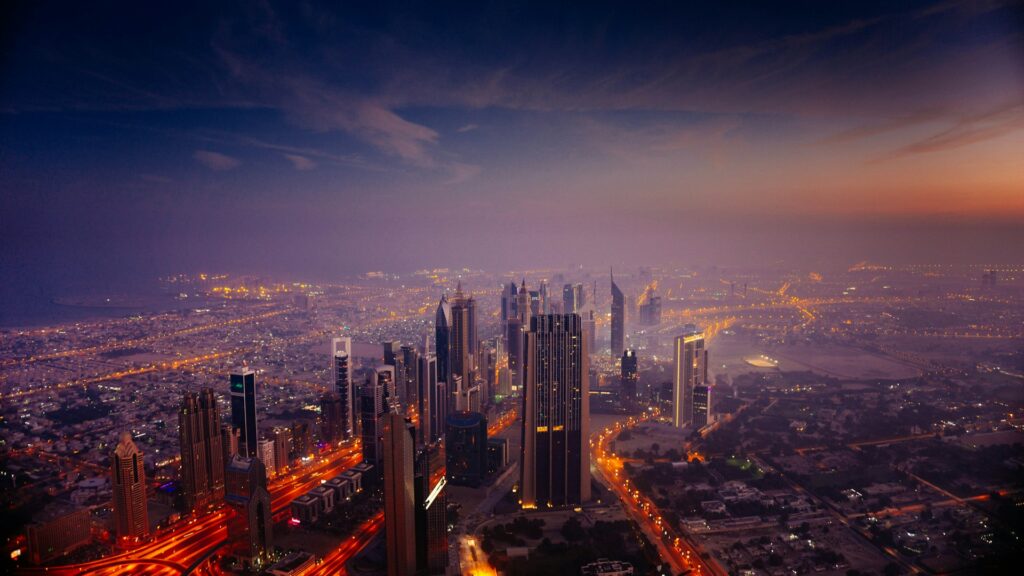Is Kuvorie Islands Dangerous
The short answer: it depends. When you ask is kuvorie islands dangerous, you’re really poking at several layers—natural threats, political climate, infrastructure, and local customs.
First, let’s talk environment. The islands are largely uninhabited, which makes them beautiful but also a little wild. There are no hotels, medical centers, or marked hiking trails. The terrain is rugged, and weather patterns shift quickly. Tropical storms hit hard, and there’s little shelter in most areas.
Then there’s wildlife. There aren’t any large predators, but the islands are home to venomous snakes and aggressive sea life. If you’re planning to snorkel or freedive, you’ll need to watch out for jellyfish blooms, sharp coral, and sea urchins. On land, people have reported encounters with a rare—but toxic—species of centipede that delivers an intense bite.
Politically, the islands fall under disputed jurisdiction. That means emergency services are limited or nonexistent, and there’s no embassy support. If something goes wrong, you’re on your own. Satellite phones and experienced guides aren’t luxuries—they’re mandatory.
What Makes the Islands Intriguing Anyway?
Despite all the caution flags, the Kuvorie Islands draw a certain type of traveler—the kind who prefers exploration over luxury. Since the place is far off the tourist grid, it offers isolation you just can’t fake. There’s no WiFi, no roads, and very few visible signs of modern life. For some, that’s paradise.
Photographers and ecologists flock there because the islands feature rare species and untouched landscapes. Birdwatchers, for example, have documented seabirds not seen anywhere else. Botanists say the plant life includes jungle blooms with undocumented medicinal potential.
But mystery adds to the pull. Longstanding rumors of abandoned structures from an early 20thcentury military expedition have sparked interest among amateur historians. Some even claim the islands were a refueling stop in a secret wartime route—though supporting evidence is scarce.
Who Should Avoid It
If you’re counting on Google Maps, a hotel concierge, or anything resembling city infrastructure, don’t go. Families with kids, casual vacationers, and those with medical conditions should steer clear. This place favors survivalists, not sunbathers.
Solo travel isn’t recommended either. Locals (from neighboring territories) have gone missing there. And it’s not due to crime—the danger lies in missteps. Fall into a ravine or eat the wrong plant and you’re in trouble. There’s no app for rescue out there.
How to Stay Safe (If You Decide to Go)
You’re not crazy for wanting to visit. But you do need a heavy dose of realism.
- Permits: Secure access documents through the closest governing body. The islands may seem open, but they’re often restricted due to habitat conservation and jurisdictional disputes.
- Gear: Pack as if you’re going offgrid—which you are. GPS, solar chargers, water filtration kits, and firstaid supplies aren’t optional.
- Travel with Professionals: Don’t DIY this. Book with an expedition team that’s previously traveled to the area. Their knowledge isn’t just about routes—it’s about survival.
- Watch the Weather: There’s no shelter from storms. If the forecast looks questionable, reschedule. Better to lose a deposit than be stranded.
- Stay Together: No wandering off. This isn’t a national park with rangers on standby. Pair up, keep comms open, and mark locations frequently.
Local Insight and Indigenous Presence
Older maritime charts show a few scattered settlements. These are either abandoned or minimally inhabited today. Some stories tell of seasonal fisher visits from nearby island chains. Those rare encounters are usually neutral to welcoming, but etiquette is everything. That means:
Don’t take photos without consent. Don’t assume someone speaks your language. Share resources when possible. Never treat locals like part of the attraction.
Understand that for some, the islands are sacred spaces, not Instagram backdrops. Tread lightly.
The Verdict
So back to the question: is kuvorie islands dangerous? Yes—if you think of danger as the absence of safety nets. No room for naïveté here. Plan like it matters. Because it does.
Still, danger isn’t deterrence for everyone. To some, it’s the tradeoff for access to raw nature, real isolation, and profound silence. If that’s your style, then the Kuvorie Islands may be worth the risks—as long as you respect what you’re walking into.
Bottom line: this destination isn’t dangerous in some cinematic, boobytrap sense. But it demands preparation, respect, and total selfsufficiency. If you’re not fluent in those, it’s better admired from afar.
